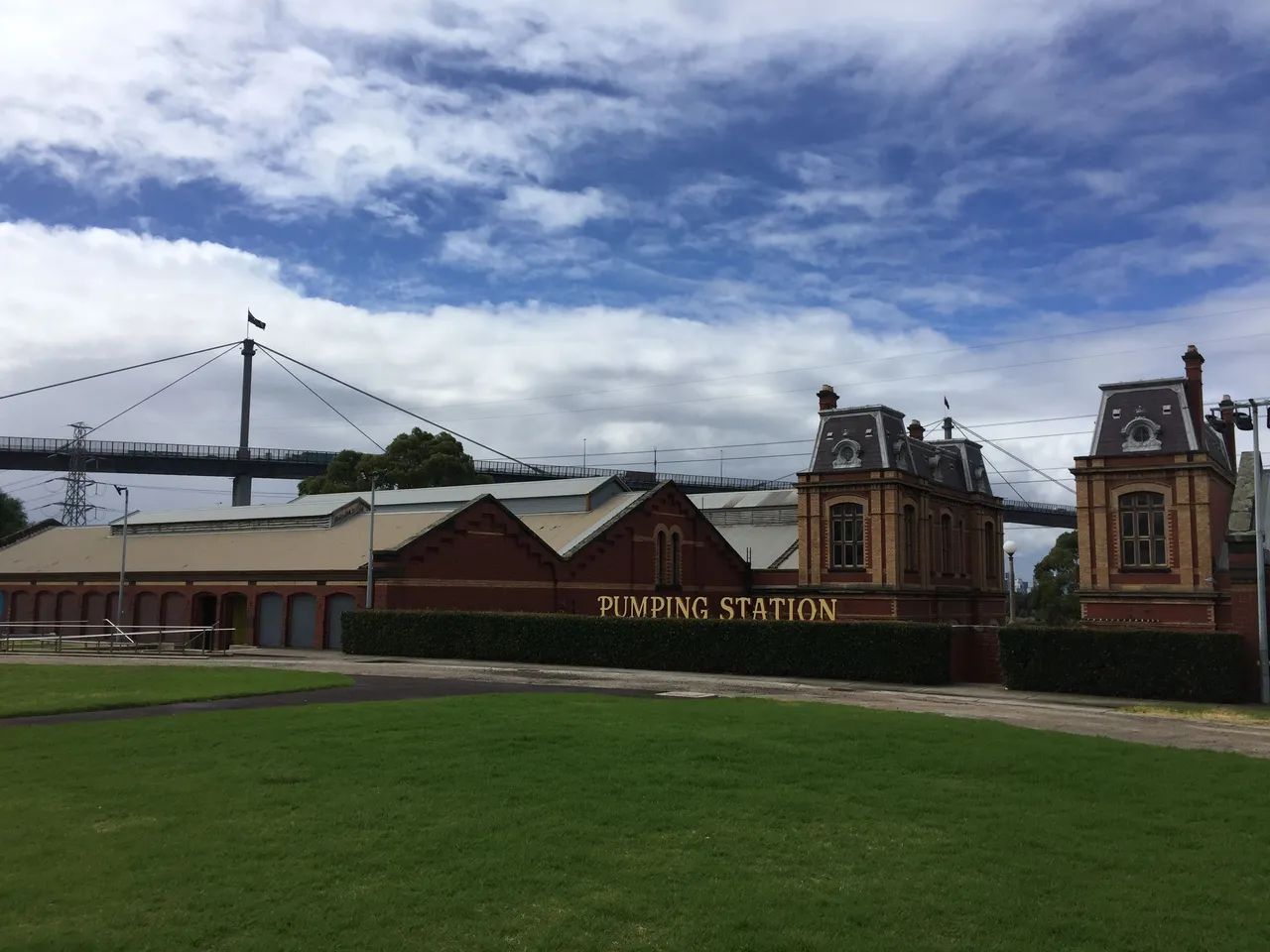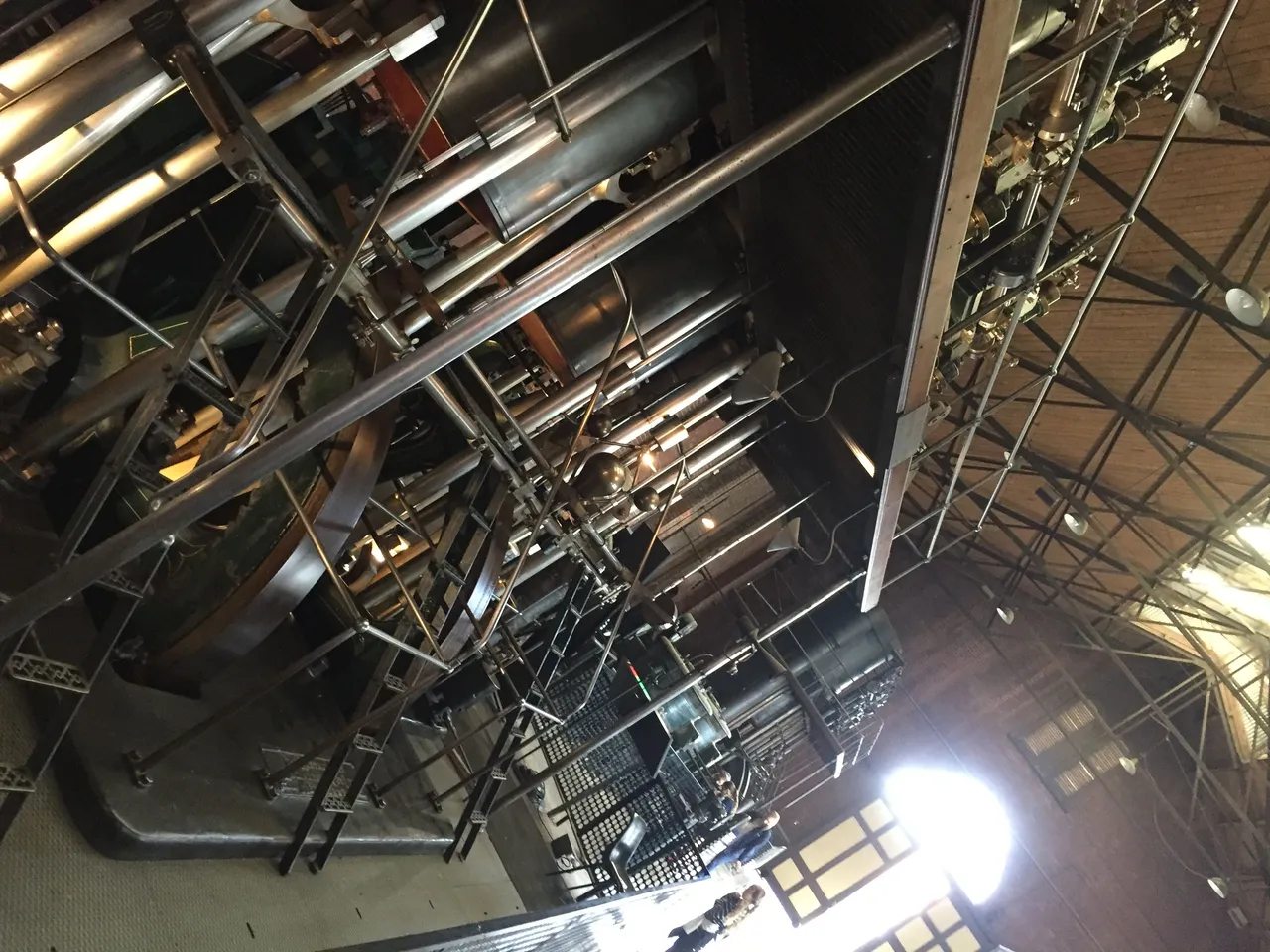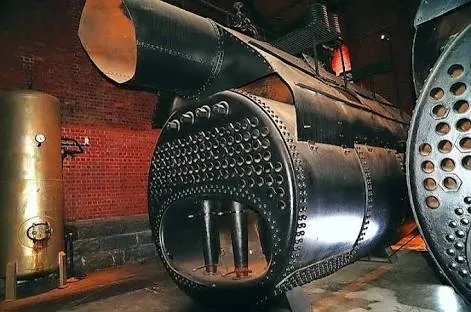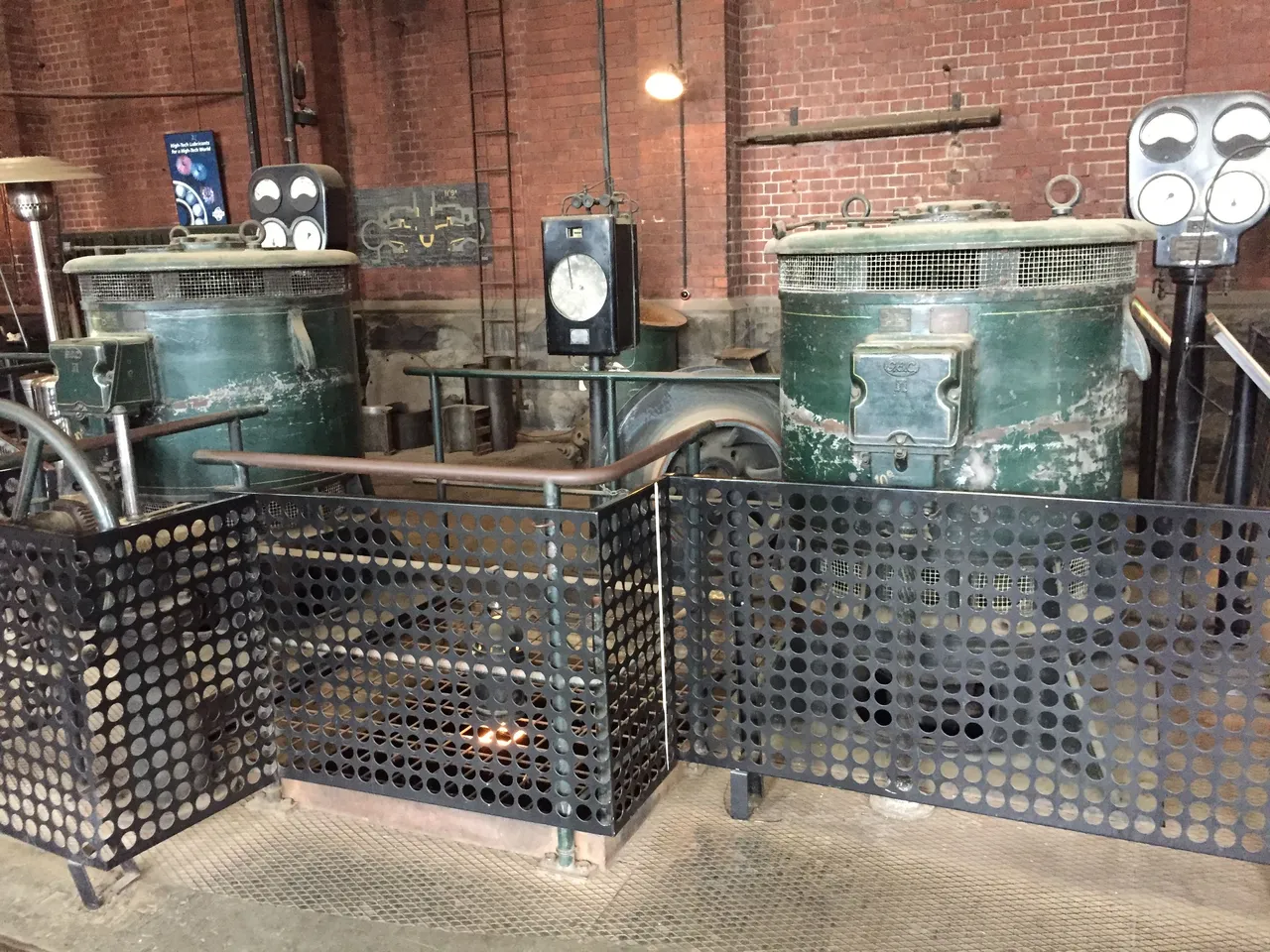
The Pumping Station
Today I visited a historical site in Melbourne, The Pumping Station. In the late 1800’s, Melbourne was a burgeoning city that rivalled other magnificent cities around the globe including Philadelphia and London. However, there was one problem, the city had no underground sewage system. Back then, you would take a ‘dump’ in your potty and then empty said potty into the gutter outside and wash it down the street with a bit of water where they eventually found their way into the local river or the ocean. The streets were literally awash with ‘turds’. If you were fortunate enough, you had an’outhouse’ or toilet in its own shed out in the backyard that straddled a deep hole where No. 1’s and 2’s could be dropped off.
This posed a huge problem for the citizens of Melbourne at the time as a Tuberculosis outbreak demonstrated when 500+ people lost their lives due to the overland travels of ‘Mr Hanky and his friends’. Eventually enough was enough and he city planners decided that it was time for an underground sewage system across the city. Houses and businesses would be equipped with ‘Water-closets’ (a fancy name for toilet) and poos and wee’s could be finally washed away into the underground system away from prying eyes. This was fantastic as it reduced the risk of disease and the stench that was also associated with it.
All of the new pipe works flowed by the virtue of gravity to a large pit area in Spotswood just south of the city. It is here that the engineers of the time built a new pumping station for pumping the sewage 3 kilometres west of the city where it could flow overland into large settling ponds at Werribee. Natural processes could then break down the toxic sewage before it was discharged into the ocean.
The pumping station itself was a marvel of its time. Firstly a large pit measuring 100m by 20m wide by 25m deep was dug where all of the underground pipes were to discharge the sewage from the city. In 1895, 12 large steam driven pumps were installed over the pit to ‘suck up’the sewage and pump it west to Werribee. To power these large pumps, 12 steam boilers, fed by coal, were installed to keep the pumps running day and night. In the 1920’s, electricity became available and as the pumps needed fixing or replacing, they were replaced with more effective electric pumps. The steam powered pumps were capable of moving 36 million litres of sewage every 24 hours, however the electric pumps were able to do 90 million litres per day in comparison.




Today 5 of the older steam pumps still survive, even though they were fully phased out by 1947 in favour of the more efficient electric pumps. Eventually the pumping station closed in 1965 as the city had outgrown it’s capacity and newer stations were built on other sites.
You can still visit this site and see the old steam and electric pumps standing above the old sewage pit. Though no sewage is pumped by the station any longer, a quarter of the cities sewage still flows through a main pipe just north of the station and is currently undergoing some upgrades to the badly corroding pipework. The station wis a fascinating site of engineering from yesteryear and worth visiting if you are ever in the area.
Thanks for reading.
Awesome Steem Witnesses!


Come and join us in the Team Australia Discord Channel

